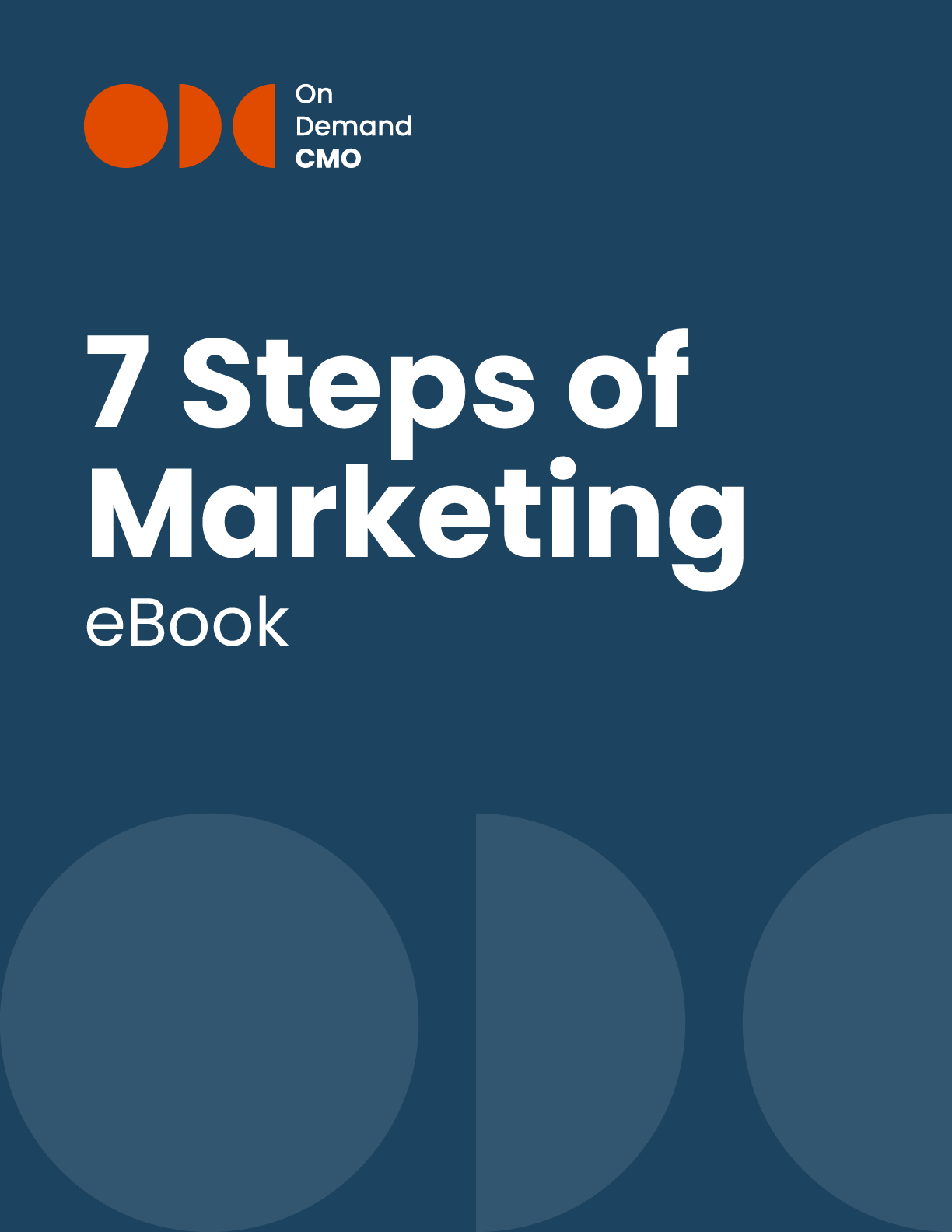Any business person worth their salt will tell you that strategic marketing and booming sales are as strongly correlated as ice cream purchases and summer weather. Behind every solid product, sales sensation, and commercial movement is a smart, timely, and well-thought-out marketing campaign. This is a simple enough concept to grasp, but it’s harder to execute than it seems: in the plainest terms, good marketing works because it looks easy. In truth, it’s a process defined by research, creative thinking, and tactical planning.
And yet, many companies and business leaders will only integrate marketing plans on an ad hoc basis, choosing to incorporate a marketing campaign or specialist when they deem it’s, only occasionally, necessary. This way of thinking has a number of downsides: you lose sight of an overarching strategy, consumers are confused by your ever-changing messaging and tactics, and the metrics for how you measure success remain inconsistent.
With businesses reopening and the market becoming increasingly competitive and saturated, now is the time to step back and evaluate if your company is putting its best foot forward by prioritizing planning and sales/marketing integration. So, if you have said any of the below during your planning, don’t be afraid to pause and recalibrate to make this fiscal year one of the best ones yet.
In marketing especially, it’s about quality, not quantity. Companies can easily waste hours, weeks, and months doing the same type of campaigns, assuming their work is fruitful without stopping to consider how it impacts sales/marketing integration.
This can especially be the case if you are marketing on an ad hoc basis, hiring outside firms or freelance contractors who don’t know or have a stake in your company. Working with an outside eye can be very helpful, but only if you know first how to set goals. Don’t just hand over the keys to your social channels or email blasts; work collaboratively so that their hours of paid time is time well spent.
It can be easy to believe that “a lot of marketing” means a high ROI, but that often isn’t the case. On social channels, for example, if you post too much the algorithm may know to have less and less of your posts float to the top of the feed because they eat up too much space for too little engagement. Overposting can have diminishing returns. The same could be said of emailing: think of how many companies you’ve written off because they spam you and flood your inbox too often.
Your metrics are your guiding light: they teach you about your performance and, through their insightful analytics, tell the story of your company’s engagement and sales. Dollar signs are of course one metric to measure, and revenue is often a large reflection of success. But it’d be a mistake to imply this is the only barometer for achievement.
If business objectives are unclear, knowing which metrics to measure gets fuzzy. Page views, open counts, and likes all tell you something unique about your base and how they relate, and don’t, to your brand.
Metrics are important indicators of performance, but if your marketing and sales teams aren’t collaborating healthily you might be speaking different languages. At medium-sized and larger companies, sales and marketing teams are distinct entities, each highly responsible for revenue. Your sales team is on the frontlines, interacting with long-time customers and potential consumers on a regular basis. They understand the clients’ attitudes and desires, trends and habits. Marketing, meanwhile, creates the content and messaging tailored to your base — but they should also be trying out new campaigns to see how new segments or populations can be brought into your brand’s fold.
Often, companies will think their efforts can be more coordinated between these two vital organizational functions. The two must be in constant communication, adjusting plans and tactics based on what the other is discovering.
Marketing planning and sales integration are a pair of branding elements that must always be considered together. For expert tips on how your company can better realize its potential, download this third guide in our marketing series, a roadmap that illuminates the seven steps of pitch-perfect marketing. Each step builds on the last, and at the end of the journey businesses will more holistically understand their brand, how to communicate it with consumers, and what tools are needed to most effectively measure its success. If you are feeling like you need a professional to help you navigate these waters, we invite you to reach out at [email protected] .
[dlm_gf_form download_id=”5246″ gf_ajax=”true”]

OnDemandCMO has authored 7 Steps of Marketing, the only marketing guide book you’ll need to either get your marketing started properly, or stay on track strategically.
It features best practices on branding, messaging, social media, lead generation and much in between.
Please let us know who you are, and we'll share a few of our secrets (we don't sell or trade your info)!